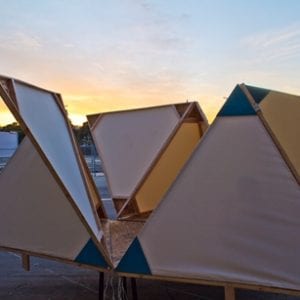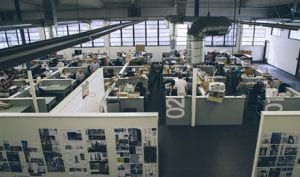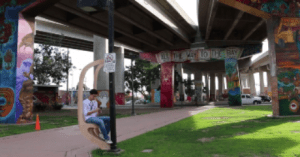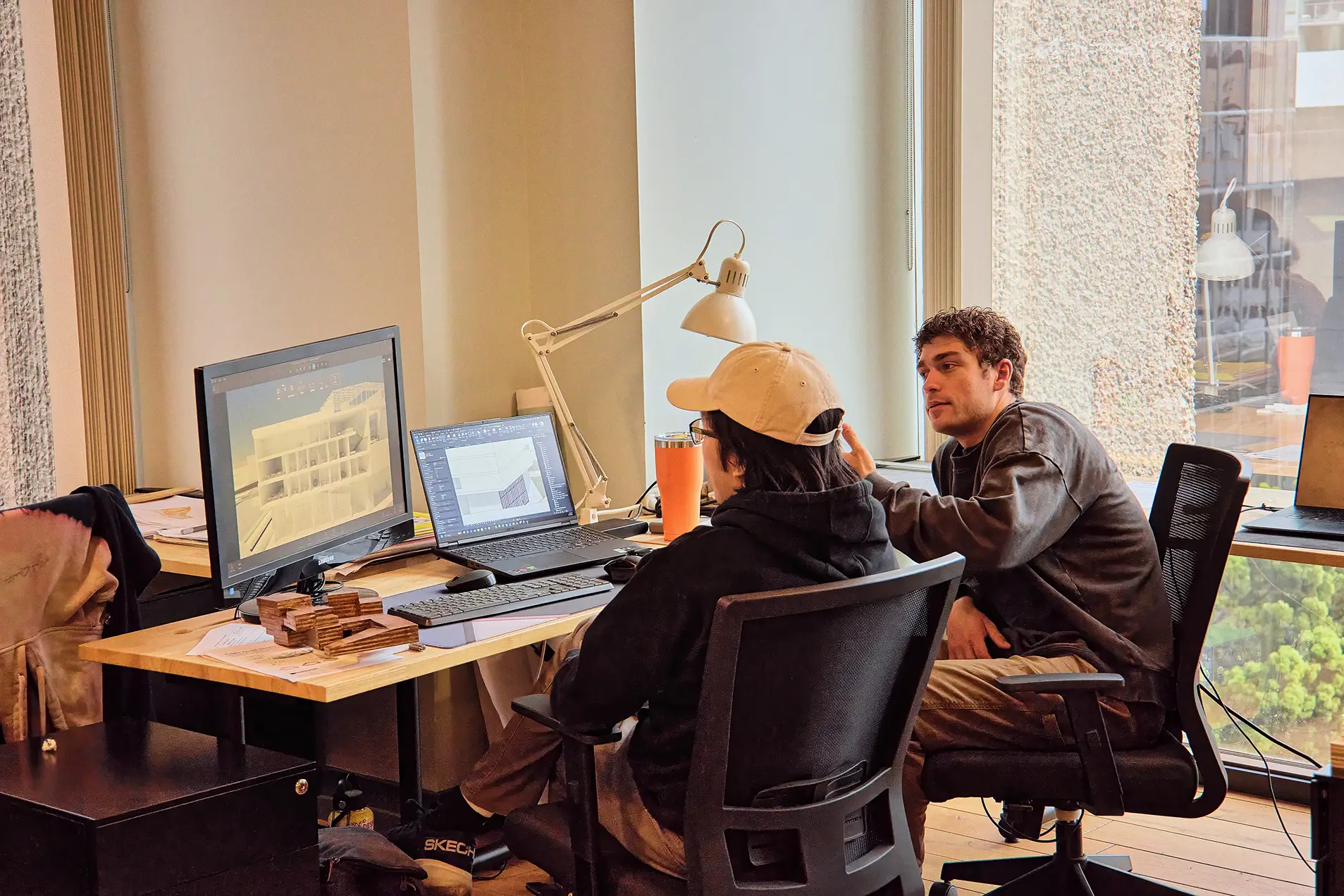
During his recent lecture at NewSchool, architect Juhani Pallasmaa advocated for art, music, cinema and music in architectural education. But as a librarian and self-confessed ‘bookaphile,’ what struck me was his case for the book. During the lecture I was desperately scribbling, trying to capture his thoughts, but lucky for me the lecture was recorded so I could revisit those words. Here are a few of my favorites.
“The most severe threat to humanistic and creative education today is the loss of the book.”
Let me assure you that at NewSchool our library is alive and well thanks to a Faculty and student body that appreciate the written word. However, Pallasmaa’s words ring true. He alluded several times to the difference between knowledge and information, and there is a growing gap that threatens creativity.
“Books develop fundamental narratives of causality and open epic views into the continuum of culture and human life.”
I admit, despite my profession I rarely read a non-fiction book from cover to cover. Perhaps it is this shift in reading habits that Pallasmaa objects to. I often hear from students how information overload and the barrage of stimuli makes concentration, let alone critique, very challenging.
“Digital media break narratives into fragmented bits of information and strip away the inherent human meaning, intimacy, tactility and sensuality of things.”
I can happily read on my Kindle, but there is nothing like randomly flipping pages and landing on something unexpected. I see students experiencing this revelation daily, and I wonder to myself why people keep telling me the book is dead. Just like television and radio, ebooks and paper books can coexist. In our world there is space for both.
“It is not the information in a book that is of primary value. It is the book itself – the logic of the story.”
An elegant, thought provoking statement. I can think of examples where it is undoubtedly true, but books can also be disposable.
Pallasmaa’s lecture at NewSchool was peppered with quotable lines and revelatory thoughts, but throughout the talk he returned to the idea of the book. I will end with my favorite of the night – a quote that requires no commentary.
“When I have read a book and return it to the shelf, the book remains in me. It has become part of my soul and my body forever.”
Do you have a favorite quote from Pallasmaa about books or the design process? Share yours in the comments section.

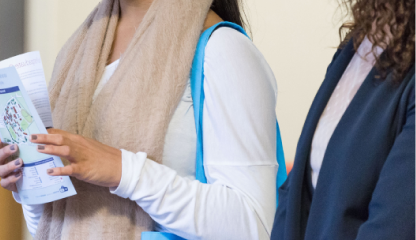
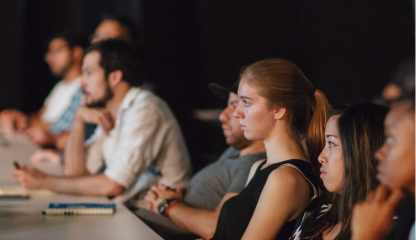
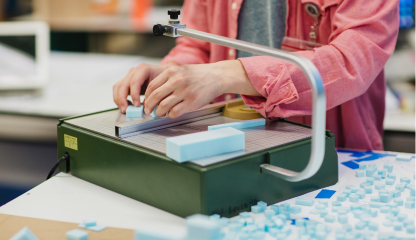
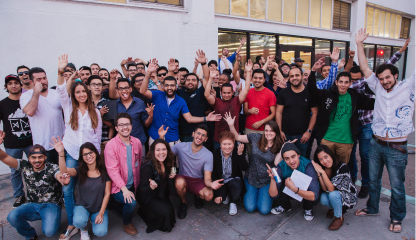




 619-684-8800
619-684-8800



